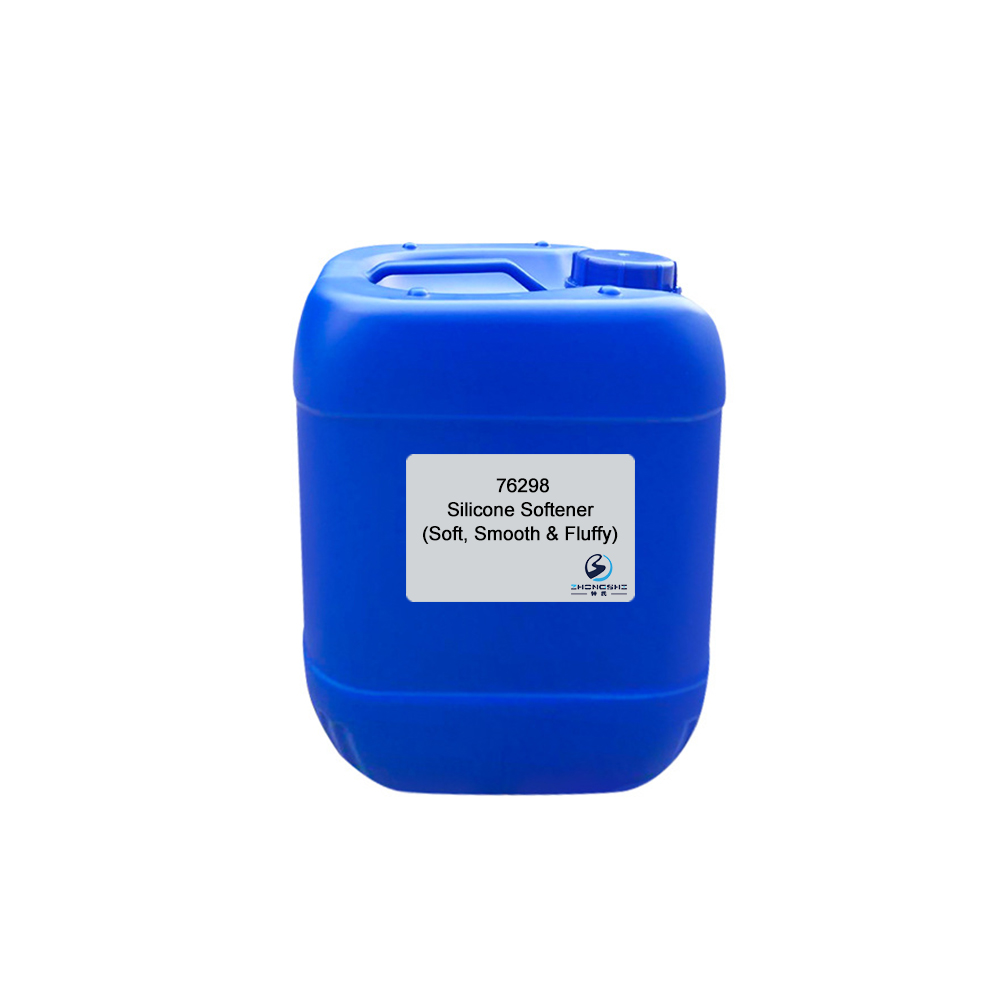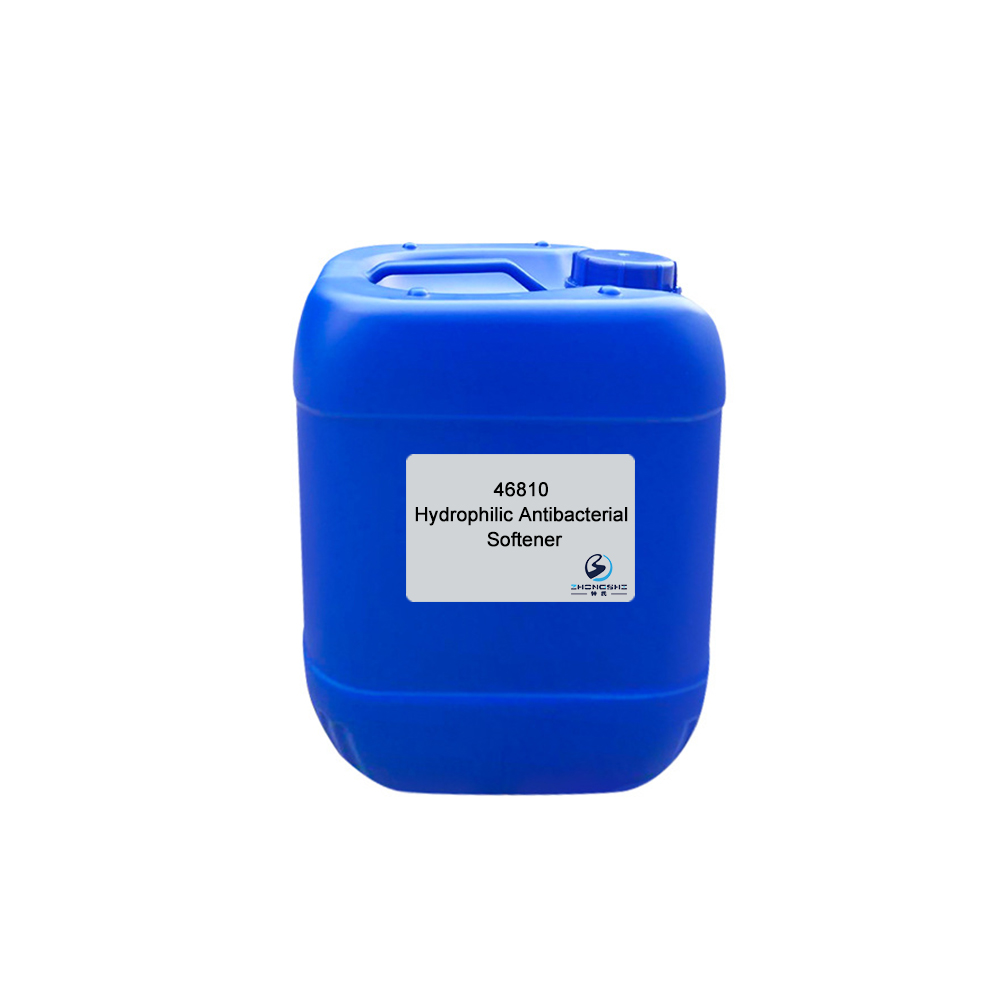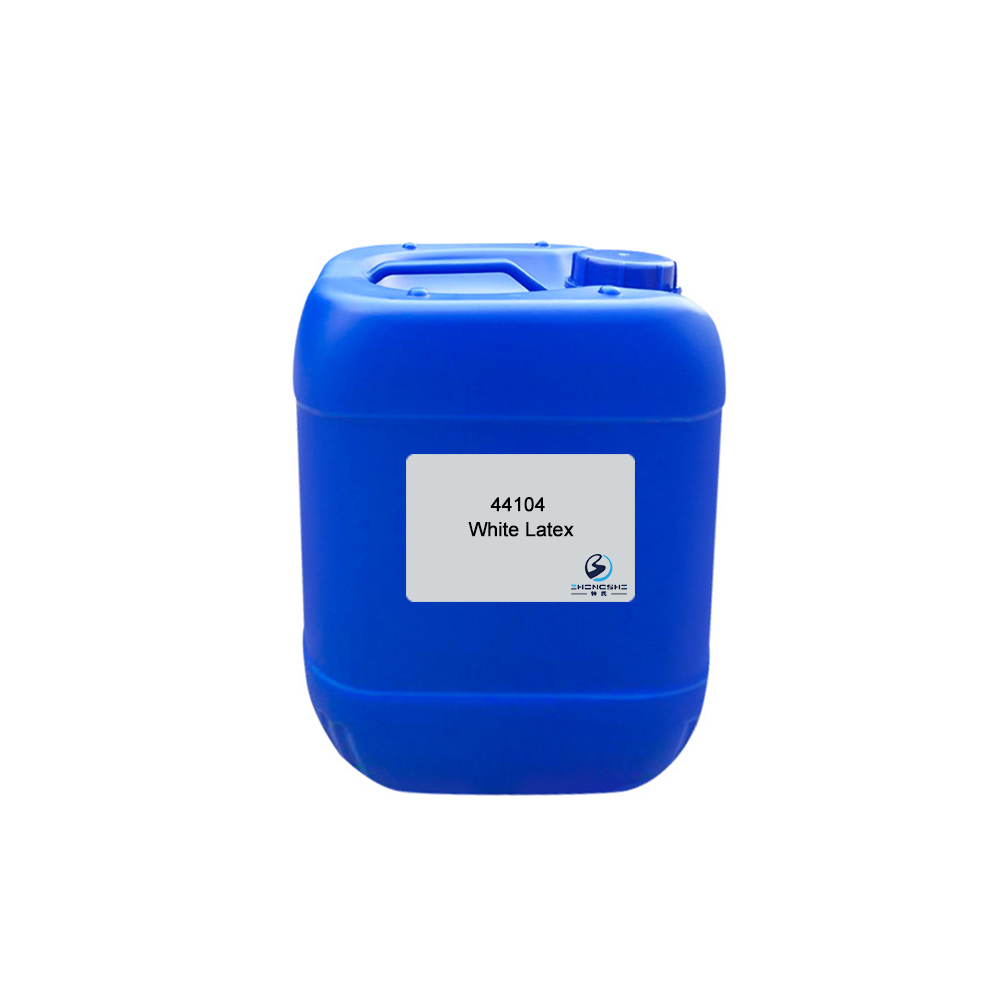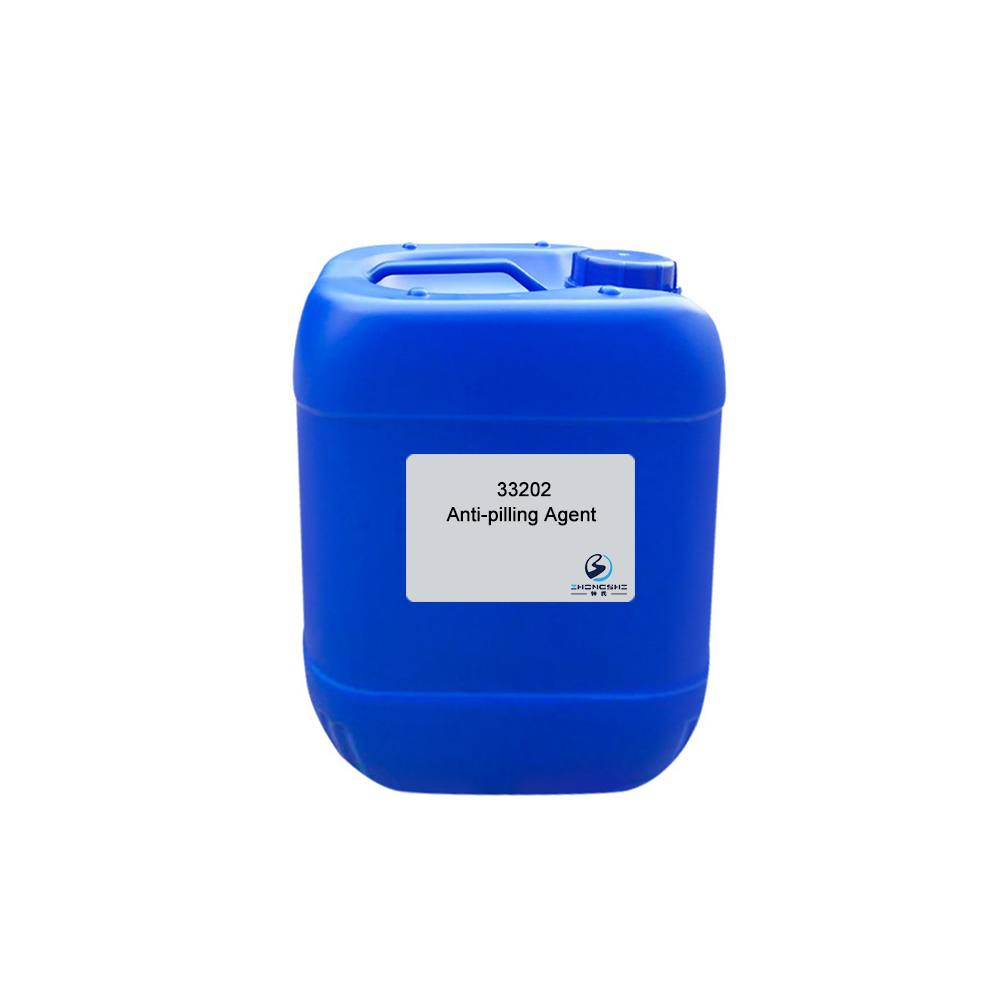Good Quality Acrylic Moisture Wicking Agent - 24074 Whitening Powder (Suitable for cotton) – Innovative
Good Quality Acrylic Moisture Wicking Agent - 24074 Whitening Powder (Suitable for cotton) – Innovative Detail:
Features & Benefits
- Suitable to use in bleaching and whitening process in same bath.
- High whiteness and strong fluorescence.
- Wide range of dyeing temperature.
- Stable performance in hydrogen peroxide.
- Strong property of high temperature yellowing resistance.
- A small dosage can achieve excellent effects.
Typical Properties
| Appearance: | Off-white to light yellow powder |
| Ionicity: | Anionic |
| pH value: | 7.0±1.0 (1% aqueous solution) |
| Solubility: | Soluble in water |
| Application: | Cellulosic fibers, as cotton, flax, viscose fiber, Modal wool and silk, etc. and their blends |
Package
50kg cardboard drum & customized package available for selection
TIPS:
About finishing
Any operation for improving the appearance or usefulness of a fabric after it leaves the loom or knitting machine can be considered a finishing step. Finishing is the last step in fabric manufacturing and is when the final fabric properties are developed.
The term ‘finishing’, in its widest sense, covers all processes which fabrics undergo after their manufacture in looms or knitted machines. However, in a more restricted sense, it is the third and final stage of processing after bleaching and dyeing. Even this definition does not hold well in some cases where the fabric is not bleached and/ or dyed. A simple definition of finishing is the sequence of operations, other than scouring, bleaching and coloration, to which the fabrics are subjected after leaving the loom or knitting machine. Most finishes are applied to woven, nonwoven and knit fabrics. But finishing is also done in yarn form (e.g., silicone finishing on sewing yarn) or garment form. Finishing is mostly done in fabric form rather than in yarn form. However, sewing threads made from mercerized cotton, linen and their blends with synthetic fibers as well as some silk yarns require finishing in yarn form.
A fabric’s finish can be either chemicals that change the fabric’s aesthetic and/or physical properties or changes in texture or surface characteristics brought about by physically manipulating the fabric with mechanical devices; it can also be a combination of the two.
Textile finishing gives a textile its final commercial character with regard to appearance, shine, handle, drape, fullness, usability, etc. Nearly all textiles are finished. When finishing takes place in a wet state, it is called wet finishing, and while finishing in a dry state, it is called dry finishing. The finishing auxiliaries are applied using finishing machines, padders or mangles with one- or two-sided action or by impregnation or exhaustion. Altering the composition, rheology and viscosity of the finish applied can vary effects.
Product detail pictures:

Related Product Guide:
Dispersing agent can improve luster and leveling effect. It can prevent floating, improve tinting strength, decrease viscosity, reduce flocculation, increase storage stability, increase color spreading property and increase color saturation. Good Quality Acrylic Moisture Wicking Agent - 24074 Whitening Powder (Suitable for cotton) – Innovative , The product will supply to all over the world, such as: Mexico, Spain, Rio de Janeiro, Mercerizing Wetting Agent 11008 is mainly composed of fatty alcohol sodium sulfate complex. It is suitable for fabrics of cotton and cotton blends. It can impart cotton fibers durable luster like silk and improves dimensional stability of textile. Mercerizing Wetting Agent 11008 is eco-friendly. It has excellent penetrating property in 21~30 °Bé caustic soda solution. It is highly stable in high concentration alkali liquor.
High production efficiency and good product quality, fast delivery and completed after-sale protection, a right choice, a best choice.






